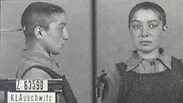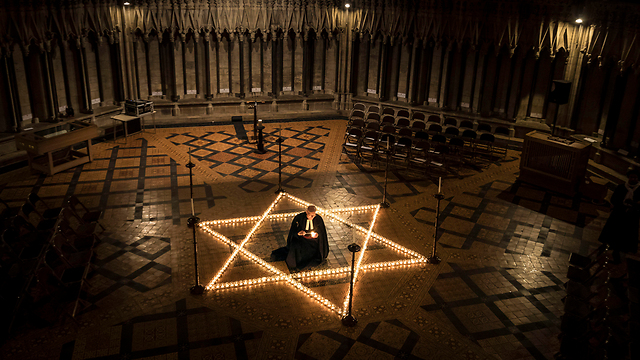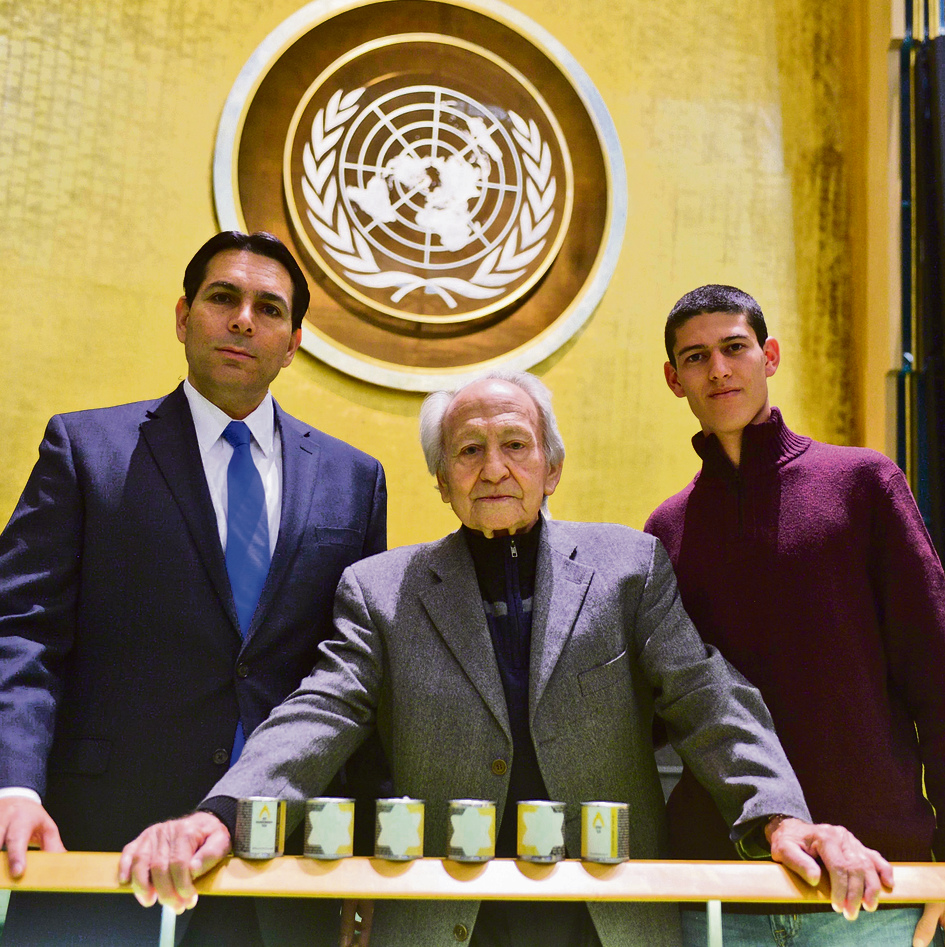Klieger, who survived Auschwitz, met at Israel’s Yad Vashem Holocaust museum with a delegation of UN ambassadors visiting Israel during which Israel’s UN Ambassador Danny Danon took the initiative to bring him to the ceremony.
“To stand here as an Israeli in front of all the countries of the world is a huge victory for me, for victims and for the survivors who are still alive,” said Klieger on Thursday, who will be accompanied in New York by his grandson, Yuval who serves in the IDF today.
“We need to take advantage of every opportunity to memorialize the Holocaust and to teach it to the younger generation throughout the world so that we don’t forget.”
Dannon also said Thursday that he was proud of the fact that Klieger was addressing the world organization. “His story is one of courage and the rebirth of the Jewish people. The UN must take the central role in the struggle against anti-Semitism and in remembering the Holocaust,” Danon said.
“Members of the UN must make their voices be loudly and clearly heard against the hatred and not allow the UN to be a platform of anti-Semitism.”
UN Secretary-General António Guterres will also deliver a speech at the ceremony, along with General Assembly President Peter Thomson and Deputy Head of the US Delegation Michele Sison.
The ceremony will take place in addition to dozens of similar events around the world marking the horrors of the Holocaust in more than 47 countries.
Remembering non-Jewish victims of the Nazis
Aside from the six million Jews that were murdered in the Holocaust, the Nazis also liquidated at least nine million members of different religions, nationalities, and social groups.
Mugshots of the non-Jewish prisoners incarcerated in Nazi concentration camps, demonstrate the boundless hatred harbored by the Nazis for anyone considered to be different.
“The moment the prisoners were photographed they received a new identity. They went from being normal people to criminals,” Dr. Batya Brutin, who heads the Holocaust education program in Israel Beit Berl College in Kfar Saba, in an interview with Ynet.
Men, women, children and the elderly were all photographed in an identical fashion for their mugshot which was accompanied by the inmate’s number, the name of the concentration camp and initials indicating the group with which the prisoner was affiliated.
The inmates’ uniforms were also labelled with colors indicating the group considered abhorrent to Nazi laws of blood purity to which they belonged.
Yellow was used for Jews, red for political prisoners, black for non-social groups (including gypsies), pink for homosexuals, green for criminals, purple for Jehovah's Witnesses, blue for immigrants and soldiers of the French Republic. Gypsies were later marked with a brown tag.
According to Brutin, an ongoing debate exists on the approximate number of non-Jews murdered during the Second World War.
“We are speaking about a figure between 9-20 million people,” she added. “Already by 1939 the Nazi Germans began murdering ‘undesirables’ which included disabled people, and mentally impaired people in order to ensure the ‘purity of the Aryan race.’
After the occupation of Poland, Brutin continued, “they began murdering the Polish intelligentsia to eradicate (all traces) of culture and transform them into Nazi subservients. When they invaded the Soviet Union, millions of Soviet civilians and 3.5 million Russian prisoners.”
Asaf Zagrizak, Amit Cotler, Reut Rimerman and Tzipi Shmilovitz contributed to this article.





















